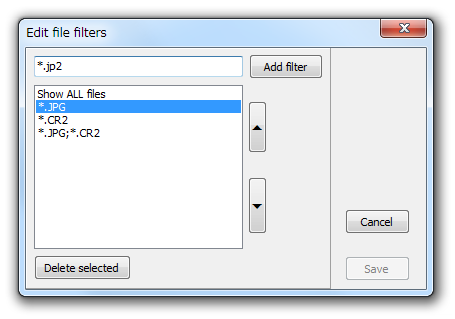

We renamed it, as the instructions recommend, but, as we noted before, we were already well outside the lines of the sort of software we were looking for - or that most users would look for, for that matter. The program's executable file downloads with the (-k) suffix, which tells the Command Prompt to stay open. ExifTool popped back up with all of the image's available metadata displayed (many spaces were blank). Following the instructions, we closed the prompt and dragged an image file into ExifTool's executable. Right away we knew we were in unfamiliar territory. We extracted ExifTool's executable and double-clicked it to open the program's documentation, which includes an extensive list of file types and meta information formats that ExifTools supports. To edit data, you'll need to rename the executable file and open it via a command line, which enables all of the Perl distribution's features. Simply place this portable tool's executable file on your desktop and drag an image file into it to produce a Command Prompt window displaying all of the file's available metadata. If you can handle the Perl programming language or have no problem with the Command Prompt (or typing characters and spaces) then ExifTool offers a super-fast way to view and edit an image file's metadata without having to open a substantial program.


 0 kommentar(er)
0 kommentar(er)
